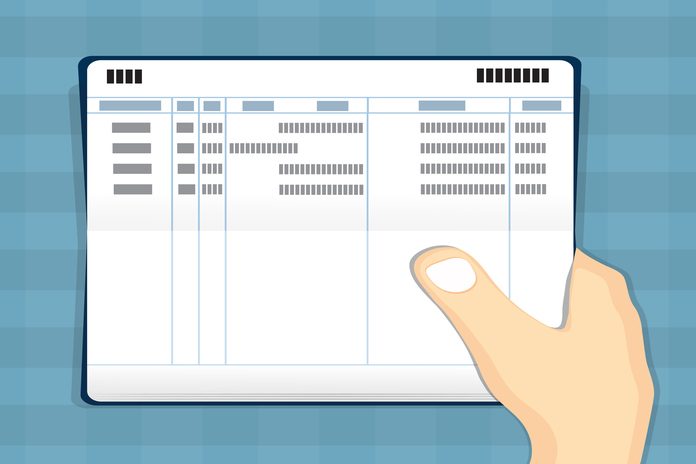CIF stands for Customer Information File which is provided to every banking customer. The 8 digits CIF number in the UAE acts as the unique Customer Identification Number which gives all the account related details like accounts owned, loans, cards, etc. for the bank. Hence it’s not the same for every customer.
Why is a CIF number used?
The CIF number is kept updated on a daily basis to ensure to keep the track of the customers rightly. All the details right from transaction history, loan accounts payments, credit or debit card usage, joint accounts, birthday, everything is stored under the CIF number. When the bank officials enter the CIF number in their system, they get all the personal account details of a customer. This helps them in analyzing and reviewing a customer with the right data.
Though banks can use the account number in retrieving the details of the customer and related data to the account, it is limited to the account. Whereas the CIF number gives the entire information about the customer concerning their bank. It helps the banks in getting all the information about the customer in one place and also prevent fraudulent activities from the customers especially while sanctioning loans.
Check: What does a bank look for while approving a Personal Loan?
So when an existing customer applies for a new product or service at the bank, the CIF number is collected and the new product or service is added to the list of existing services.

How to find your CIF number?
The CIF number is provided on almost every personally addressed document that is related to the bank. In some banks in the UAE like Emirates NBD, the CIF number is part of the account number. While some banks like Dubai Islamic Bank send the CIF number to the registered email id, some of the other ways to find your bank CIF number are,
-> Through Online Banking
This is one of the easiest ways to find out your CIF number. Follow the steps below to find your CIF number,
- Log in to your bank Online Banking page
- Go to your Account Details
- Find the CIF number
-> Through Mobile Banking
This is one of the easiest and quick ways to find out your CIF number. Follow the steps below to find your CIF number,
- Log in to your Bank Mobile Banking App
- Go to your Account Details
- Find the CIF number
-> Through Passbook or Chequebook
Being an important identification detail, the CIF number is printed on your bank Passbook or Bank Account Statements and cheque books as well. Open the first page of the Passbook or Chequebook where personal details like the Account holder’s name, Account Number are provided. CIF number is found in the same section.
-> By visiting the bank
You can visit your bank with identity proof like Emirates ID and get your CIF number.
Also, check: When can your bank freeze your account?
Highlights of CIF number in UAE
Overall, it is quite clear that the CIF number is something that is important and needs to be secured. Some of the points you need to remember concerning your CIF number are,
- Don’t share your CIF number with everyone other than the bank officials
- It can be collected by bank officials to fetch the account or other related information related to the customer
- Though the CIF number is safe to be shared with the bank officials (only after confirming identity), it is not ideal to share other details like Debit Card numbers, OTPs, PINs & banking passwords.
About the author
Nikitha is a Senior Analyst at MyMoneySouq.com. She has been writing about personal finance, credit cards, mortgage, and other personal finance products in the UAE. Her work on Mortgage loans has been featured by the GulfNews and other popular Financial Blogs in the UAE.


